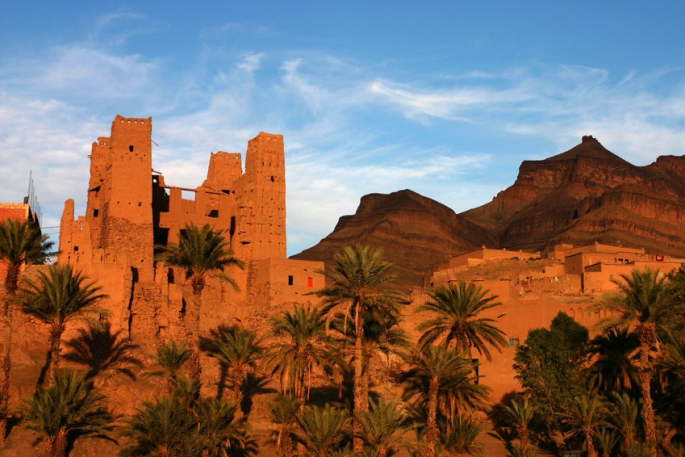Saharan oases: reviving ancient know-how to adapt to climate change

From Morocco to Libya, the desert oases of the Sahara's Maghreb region are disappearing as temperatures rise and rainfall decreases. At the recent United Nations climate conference in Marrakech (COP22), the Maghreb oases were held up as a symbol of the impacts of climate change already playing out on the landscape. A recent article by the journalist Emma Bryce, documents how oases owe their existence to human ingenuity in sustainable water management and how local residents, facing daunting odds, are employing traditional water conservation techniques to try to save these ancient ecosystems.
Ancient water systems are being restored to irrigate and replenish oases. In the Moroccan province of Errachidia, locals are reviving old technologies, such as the khetarras, the 2,000-year-old irrigation systems which intercept a water source upstream, then carry it via a downward-slanting underground canal to areas that need it. In the Ferkla region, an adaptation project has been launched by 15 women who are farming climate-resilient medicinal and aromatic plants to replace crops, such as barley and wheat, that are no longer faring well under drought conditions. Farmers in eastern Tunisia’s Chenini Gabes oasis are using plant-breeding techniques to strengthen their crops by breeding their own seeds to create diversity for more resilient crops.
The realization that oases are now the final frontier against desertification in the Maghreb appears to be sinking in. Roughly two-thirds of Morocco’s oasis habitat has vanished over the last century and, according to Aziz Akhannouch, Minister of Agriculture, the trend is also affecting Tunisia, Libya, and Algeria. The Moroccan government has launched the Sustainable Oasis Initiative, which, aims to carry out a full census of oases and emphasizes the need to prioritize oases as climate adaptation funding becomes available.



